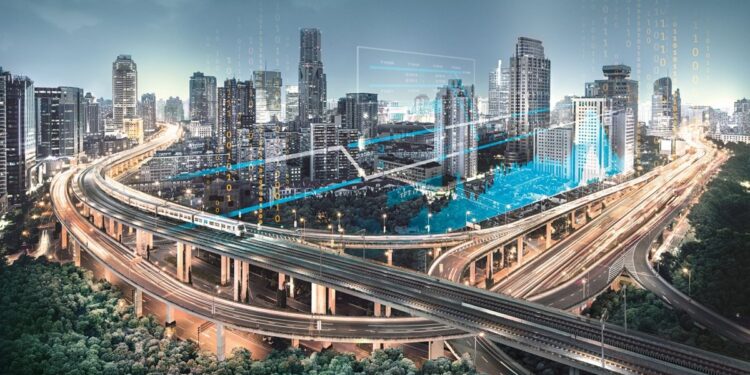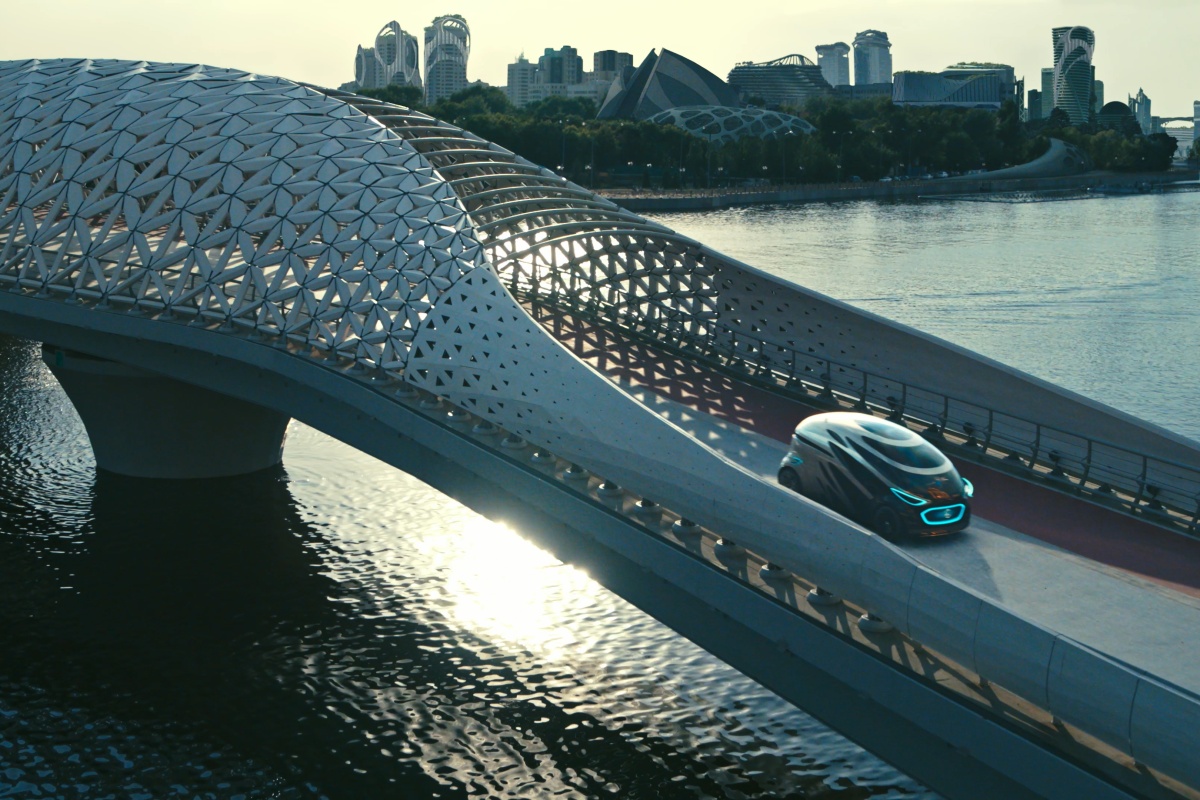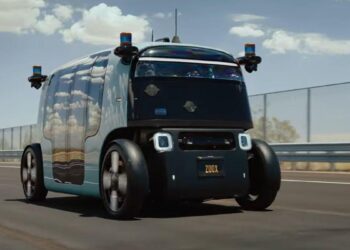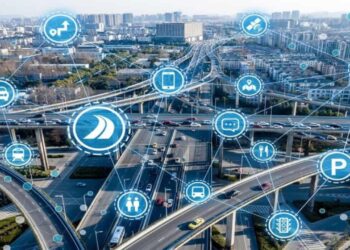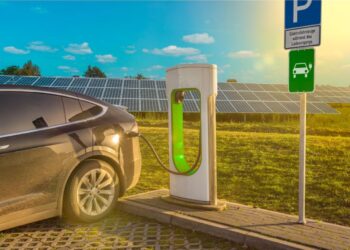The way we move—whether for work, pleasure, or necessity—is on the brink of a revolution. For over a century, the private car has dominated the landscape, but a confluence of technological, social, and environmental forces is now driving a fundamental shift in how we think about transportation. The future of mobility is not about a single vehicle; it’s about a highly integrated ecosystem of services and technologies that prioritize efficiency, sustainability, and user experience. This new era promises to solve age-old problems like traffic congestion and air pollution, while creating unprecedented levels of convenience and accessibility.
This comprehensive article will explore the key trends and innovations shaping the future of mobility. We will delve into the rise of autonomous vehicles, the power of shared and micro-mobility, the shift towards hyper-connected cities, and the new business models that are changing our relationship with transportation. Whether you’re a city planner, a daily commuter, or simply an observer of change, understanding these trends is essential. The future of mobility is not a distant concept; it’s being built today, and it will redefine our urban landscapes and our daily lives.
A. The Autonomous Revolution
Perhaps no single technology is more poised to reshape mobility than autonomous driving. The journey from driver-assistance features to fully self-driving cars is well underway, and its implications are vast.
- A. Levels of Autonomy: The Society of Automotive Engineers (SAE) has defined six levels of driving automation, from Level 0 (no automation) to Level 5 (full automation). Today, many vehicles have Level 2 features (like adaptive cruise control), but the industry is rapidly progressing toward Level 3 and 4.
- A. Level 3 (Conditional Automation): The vehicle can drive itself under certain conditions (e.g., on a highway), but the human driver must be ready to take over if needed. This is the stage where the legal and ethical questions become most complex.
- B. Level 4 (High Automation): The vehicle can perform all driving tasks in a specific, geofenced area. A human is not required to take over. This is the level that will enable commercial services like autonomous shuttles and robotaxis.
- B. The Rise of Robotaxis: Companies are already deploying pilot programs and commercial services of autonomous taxis in major cities. These fleets of self-driving electric vehicles promise to offer on-demand, affordable, and highly efficient urban transport. The cost per mile could eventually be lower than that of a privately owned car.
- C. AI and Machine Learning: The progress of autonomous driving is fundamentally driven by advancements in AI and machine learning. These systems are constantly learning from vast amounts of data—from millions of miles of driving to real-time traffic conditions—to make safer and more intelligent decisions. This data-driven approach is what is making autonomous vehicles more reliable and capable than human drivers.
- D. The Impact on Urban Planning: Autonomous vehicles will profoundly change city design. With fewer parked cars, cities can reclaim valuable space for parks, bike lanes, and pedestrian zones. The ability of autonomous vehicles to communicate with each other could also significantly reduce traffic congestion.
The autonomous revolution is not just about a new type of vehicle; it’s about a new way of organizing our urban environment and a new definition of what it means to travel.
B. The Shift to Shared and Micro-Mobility
The era of private car ownership as the primary mode of transportation is slowly waning, especially in dense urban areas. The future of mobility is increasingly about on-demand, shared, and smaller-scale options.
- A. Mobility-as-a-Service (MaaS): MaaS is a new paradigm that integrates various forms of transport—from public transit and ride-hailing to bike-sharing and car rentals—into a single, seamless, on-demand service. A MaaS app would allow a user to plan, book, and pay for an entire journey that might involve a combination of an electric scooter for the “first mile,” a subway ride for the main journey, and a ride-share for the “last mile,” all within one platform.
- B. The Rise of Micromobility: Electric scooters, e-bikes, and other small, personal vehicles are becoming ubiquitous in cities worldwide. They are ideal for short trips, solving the “last mile” problem of getting from a transit hub to a final destination. The proliferation of these vehicles is not only a matter of convenience but also a powerful tool for reducing traffic and emissions.
- C. Shared Vehicle Fleets: Car-sharing services allow users to access a vehicle for a short period without the financial burden of ownership. As these fleets become all-electric and eventually autonomous, they will become an even more attractive alternative to a private car, providing all the benefits of a vehicle without the hassles of maintenance, parking, and insurance.
- D. The Collaborative Economy: Shared mobility is a prime example of the collaborative or sharing economy at work. It’s a fundamental shift from owning assets to accessing services on demand. This model is more efficient, more sustainable, and often more cost-effective for the end-user.
This shift toward shared and micro-mobility is a direct response to the urbanization trend and the need for more efficient and sustainable ways to navigate crowded cityscapes.
C. The Connectivity and Digitalization of Transport
The future of mobility is a connected one. Every vehicle, every piece of infrastructure, and every user will be part of a vast digital network, all communicating with each other in real-time.
- A. Vehicle-to-Everything (V2X) Communication: As mentioned in a previous article, V2X technology is a game-changer. It allows vehicles to communicate with each other (V2V), with traffic infrastructure (V2I), and with pedestrians and cyclists. This real-time data exchange will be crucial for creating safer roads, reducing congestion, and making traffic flow more efficiently.
- B. The Internet of Things (IoT) in Transport: Sensors embedded in vehicles, roads, and traffic lights will collect and analyze vast amounts of data. This data will be used to dynamically manage traffic, optimize routes for emergency services, and provide real-time information to commuters. For example, a smart parking system could use IoT sensors to guide drivers to open spots, reducing the time spent circling and looking for parking.
- C. AI and Predictive Analytics: AI will be the brain of the future mobility ecosystem. It will use data from all these connected devices to predict traffic patterns, anticipate maintenance needs for public transit, and personalize the travel experience for each user. Predictive analytics will help city planners make more informed decisions about infrastructure development.
- D. The Software-Defined Vehicle (SDV): The modern vehicle is a software platform, with its functionality and features defined by code rather than hardware. This allows for over-the-air (OTA) updates, which can improve a car’s performance, add new features, and fix bugs without a trip to the dealership. This makes vehicles part of a continuously evolving digital service, not just a one-time product.
The digitalization of transport is turning our cities into “smart cities,” where mobility is a seamless, integrated, and highly intelligent service.
D. Sustainability as a Driving Force
The need to combat climate change is perhaps the most powerful force driving the future of mobility. The shift away from fossil fuels is not just a trend; it’s a global imperative.
- A. Electrification: The rise of electric vehicles is the most visible sign of this shift. As battery technology improves and charging infrastructure expands, EVs will become the norm for both personal and commercial use. This transition will not only reduce carbon emissions but also improve air quality in urban areas.
- B. Circular Economy in Automotive: The automotive industry is moving toward a more sustainable, circular model. This involves designing vehicles for easier disassembly and recycling, and a greater emphasis on reusing materials. The batteries from EVs, for example, can be repurposed for grid-scale energy storage after their useful life in a vehicle has ended.
- C. Green Public Transit: City and national governments are investing heavily in electrifying their public transit fleets, from buses and trains to ferries. This makes public transportation a more sustainable choice and encourages more people to leave their private cars at home.
- D. Carbon Neutral Logistics: The logistics industry is also transforming. Companies are developing hydrogen-powered trucks, electric delivery vans, and even autonomous drones for last-mile delivery, all with the goal of reducing their carbon footprint.
Sustainability is no longer a marketing buzzword; it’s a fundamental requirement for any successful mobility solution of the future.
Conclusion
The future of mobility is a thrilling and complex tapestry woven from technology, sustainability, and human behavior. It is a paradigm shift that will see us move away from a reliance on single-occupant, gas-powered vehicles and toward a highly integrated, on-demand, and personalized ecosystem of transport options. The rise of autonomous vehicles, while still in its early stages, promises to eliminate human error from the roads and free up vast amounts of urban real estate. The shift toward shared and micro-mobility, driven by the convenience of on-demand services, is already making cities more accessible and less congested. Simultaneously, the digitalization of transport is turning our cities into intelligent, responsive networks, and the imperative for sustainability is ensuring that this new era of mobility is also a clean and green one.
The challenges are significant—from regulatory hurdles to the need for massive infrastructure investment—but the momentum is undeniable. This transformation will create a more efficient, more equitable, and more sustainable way for people to move. It will reshape our cities, our economies, and our daily lives in profound ways. The future of mobility is not about a single invention but about a collective evolution in how we think about movement. It’s a move toward a world where your journey is no longer a burden but a seamless, integrated, and enjoyable experience. This is the new reality that is being built before our very eyes. By embracing these changes and investing in these technologies, we are not just improving how we get from A to B; we are building a better, more connected, and more sustainable world for everyone.

